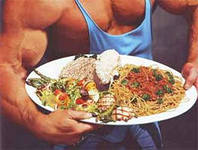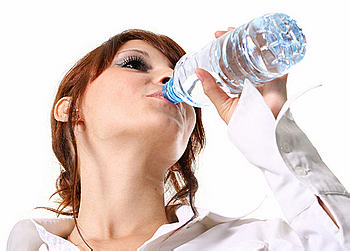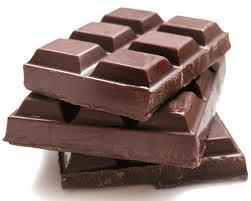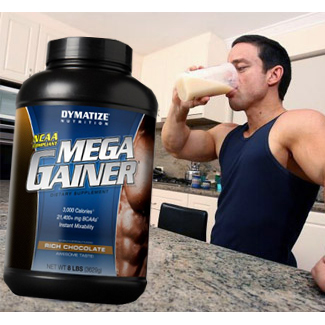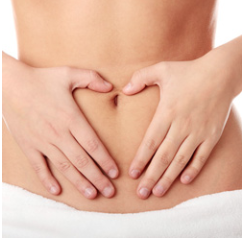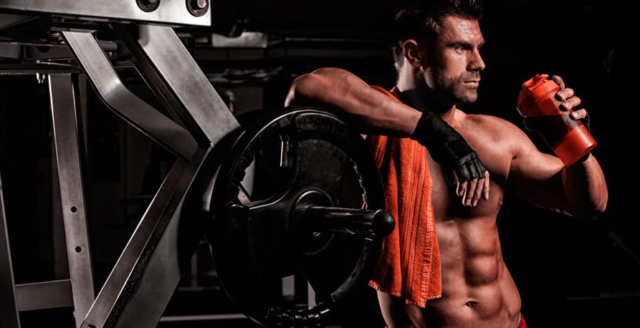Saturated or unhealthy (bad) fats in foods. Does the body need saturated fatty acids?
Author: Ola Thomas | Category: Fitness
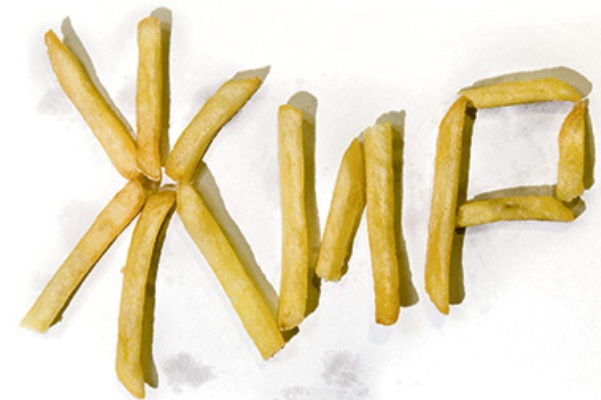
In this article, we will find out why our bodies cannot function correctly without fats. Also, talk about saturated and unsaturated acids? And what is their difference? However, we will dwell on saturated fats in more detail. First, let’s talk about the structure.
The difference between saturated and unsaturated fatty acids
In fats, we are interested in saturated and unsaturated fatty acids, because they play a key role in the benefits of fats. Almost everyone knows that fats are divided into saturated and unsaturated fats. Saturated fats (also called bad or bad fats) are based on saturated fatty acids. And unsaturated fats are made up of unsaturated fatty acids. Basically, we get saturated fats from animal foods and unsaturated fats from plant foods. Saturated fats or animals are usually solid. And unsaturated fats or vegetable fats are usually liquid. And now the question arises, why are some solid and others liquid, and what is
Everything is as usual connected with the chemical structure. The double bond in unsaturated fats gives them extra mobility. And if there are no such double bonds, then the molecule is more stable – this is animal fats, i.e. hard fats. But there is also a more understandable explanation. Vegetable fats have double bonds, which means they are free places to which any molecule can get hooked. Why is this needed? The fact is that plants stand still and do not move, unlike animals. plants difficult to adapt, for example, there is no sun and there is nothing to be done, or if the weather conditions are unpleasant, then you still can’t get anywhere, because you won’t get out of the earth. Such acids with free bonds can easily participate in various biochemical reactions, a double bond is like a free place in a molecule, which means that you can put some other molecule in this place and easily change the properties of fat. For example, make it denser during colds. As a result, plants are opportunists, so they have such fat. And in animals saturated fats all connections are clogged there are no more free spaces. But in animals everything is fine: if it’s cold, then in a hole, if it’s hot, into water. Animals can actively move and change environmental conditions instead of changing the properties of their fat. So animals have no critical need to adapt, so their fats are less flexible.
Although it can be clarified that saturated and unsaturated fats are present in animals and plants, in animals they are predominantly saturated, in plants – unsaturated. All omega fats are unsaturated fats, and omega 3 , omega 6, omega 9 are just a double bond. Specifically, this means in which place in the molecule there is a free place (double bond): in third, sixth or ninth place. PUFAs are polyunsaturated fatty acids, i.e. where there are many double bonds. And MZhNK– These are monounsaturated fatty acids (one free space). And now, when you see these names on the pack, you will understand what they mean. And now the most basic thing, why are fats needed?
What are saturated fats?
Low-fat diets are very fashionable now, and this is a real crime against the body. People limit themselves in life-supporting components, without which normal life is simply impossible. Of course, if there is little fat in the diet, you will not die, but the body will work worse than it could work. Imagine that the body is a road, and according to the standards, 1 kg of asphalt road requires 125 kg of asphalt, but you don’t have so much, you have only 50 kg. Yes, of course, you will lay asphalt, but it will be short-lived. Also with fats, this is an important building block, and if they are not present, organs suffer.
At the core of your brain and entire nervous system is fat . At the heart of the brain cells (neurons) are electrical impulses. And the “wires” along which the electrical impulse runs are surrounded by a sheath consisting of myelin – a substance that consists of 75% lipids (fats), and animal saturated fats. If you do not consume this fat, you will have a deficit and the impulse will move poorly. Therefore, everything will suffer: the nervous system, the brain, coordination, muscle movements, memory (long-term, short-term), the ability to learn, etc.
Studies have shown that with a significant deficit of fats, a change in brain tissue occurs. Of course, this is an extreme case and it is unlikely that you will have it, but nevertheless, it is possible. Fats are especially important for pregnant women because they are involved in the development of the baby’s brain. Pregnant women are advised to consume a lot of caviar. There are a lot of both saturated and unsaturated fats in caviar. And still some grandmothers still in the villages give the child a piece of bacon instead of a nipple. So if you have memory problems, consume more fat.
According to statistics, girls are twice as likely to suffer from diseases of the respiratory system (possessed asthma). Why it happens? Girls often avoid fatty foods, and the lungs carry oxygen to the blood due to pulmonary surfactant . This is a special substance that lines the lungs from the inside. And it is 90% fat. Moreover, from saturated “harmful and bad” fat. Surfactant helps the alveoli not to subside and carry more oxygen into the blood. And now remember , in transport, in the subway, etc., you often met people (especially girls) who feel bad . Choking, pallor, fainting are all symptoms. Basically, these symptoms, even indoors, are inherent in girls, and many generally go constantly pale. And why? Because they don’t eat fat. After all, pulmonary surfactant is 90% saturated fat. Such people develop hypoxia , a constant lack of oxygen in the blood, and oxygen is involved in all processes and provides energy. That is why, basically, all girls lick on sweets , because oxygen-free glucose breakdown gives energy. As a result, for healthy lungs you need to eat more fat. Although not, for many it is more pleasant to swallow tablets and inhalate.
Saturated fats and cholesterol are involved in the synthesis of testosterone – the main male hormone. Unsaturated fats and fatty acids are involved in the creation of cell membranes . Moreover, many vitamins are fat soluble. And if there is no fat, there are no vitamins. That is why fish oil and some various vegetable oils are now very popular , they have many vitamins. Many fat-soluble vitamins are stored in your fatty tissue. That is, if you have excess fat, you are not afraid of vitamin deficiency in the winter, because you have a reservethese vitamins. But many people say that vitamins are not stored, this is not entirely true, they can be stored in excess adipose tissue, but not all vitamins, but only fat-soluble ones. Fats are full of functions . So eat fats, whether they are good or bad.
Saturated fats in food. main sources
Everything is very simple here, the name implies that the main sources of high-quality saturated fats are animal products . I would single out two main sources : lard (pure fat) and dairy products.
Salo (fat) You can consume both in pure form and with meat. Even in the most low-fat chicken breast there is a little saturated fat, and in pork and lamb it is a fairly decent amount. Many people consume pure fat , especially Ukrainians. It consists almost 100% of fat.
To dairy products, I would primarily include cream and milk, cottage cheese, real butter, etc. These foods may also vary in percentage of saturated fat.
That’s all. These are the two main sources of high-quality saturated fats. As you know, in sausages, sausages, sweets, confectionery, cookies, waffles, sweets, etc. very few high-quality saturated fats. Basically, these are margarines or cheap analogues of vegetable fats, which can actually harm our health if there is an excess of them.
I made separate very interesting articles about lard and butter , in which I described the whole truth about these products, analyzed the composition, how to choose and much more. After reading this article, you will reconsider the attitude to these two most popular saturated fat products.
17 Mar 2020




